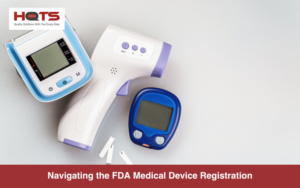Sound Producing Toys
Concern regarding sound levels and the effect it may have on a child’s hearing is growing. The Sight & Hearing Association recently tested 24 toys and found 16 of them produced sounds louder than 85 dB, which is the level set by the National Institute of Occupational Health and Safety (NIOSH) for mandatory hearing protection. What is most alarming is that the top two toys this year are intended for infants under the age of six months.
Walking down the toy aisles in a store, you will find many popular toys that produce sounds of various types.
Major categories include
• Percussion toys (drums, xylophone, tambourines)
• Voice toys (phones, spelling devices, microphones)
• Wind toys (toy instruments)
• Shooting toys (cap guns)
However, for children, hearing damage adversely impacts the development of speech and social skills, leading to learning problems. There is a wide range of causes of hearing loss in children. However, noise-induced hearing loss (NIHL) can result from unsafe toys and is entirely preventable. For this reason, global regulatory authorities have developed criteria to regulate sound-producing toys.
Toy Safety Standards
• ASTM F963-17
• EN71-1
• AS/NZS 8124.1:2016
• GB6675.2-2014
• ISO 8124-1:2014
Educational Toys
Many available toys are educational. As such, they may be useful for developmental and learning tools. Parents should select the toys that foster the imagination of children, like those which encourage creativity, education, or physical activity in addition to being fun.
“Real educational toys are not the flashy gadgets and gizmos with big promises, but the staples that have built creative thinkers for decades,” says Roberta Golinkoff, Ph.D., head of the Infant Language Project at the University of Delaware.
One good example of this is an open-ended toy. These are toys that are useful in a variety of ways and that encourage children to engage their imagination by finding new ways to interact with the toy. Children use them to invent and build their creations while experiencing the satisfaction of designing and building a finished product.
Examples
• Play Kitchens and House
• Blocks, Stacking and Building Sets
• Dolls & Action Figures
• Animal and Farm Sets
• Cars, Trains, and other Vehicles
• Push and Pull Carts
Puzzles are another example of a toy which can fall into the educational category. Puzzles are great for spatial awareness, pattern recognition, problem-solving, hand-eye coordination, and fine motor skills.
Giving Children age-appropriate toys to play with is the best way to take advantage of educational toys. Good educational toys are those that capture children’s attention and keep it. No matter which toys you choose, one of the best things you can do is to get in on the fun.
Even when toys appear benign, some toys have been sold with materials that include hazardous chemicals. So, parents must be diligent in choosing safe toys. Informed decision making and development of good judgment requires research.
Resources to Check
• Safe Kids Organization
• Toy Safety Wikipedia
• USA Consumer Product Safety Commission
• The Toy Association
• World Against Toys Causing Harm
HQTS has long advocated for toy safety. Our quality control services, which include toys testing and inspections, has underscored our ongoing interest and concern for safe toy production.





